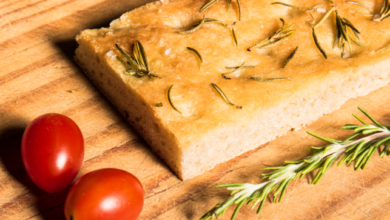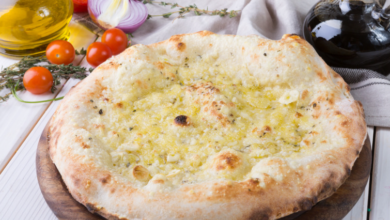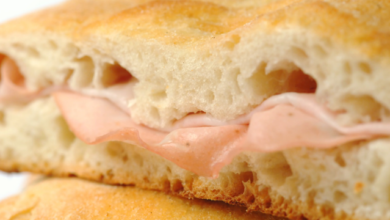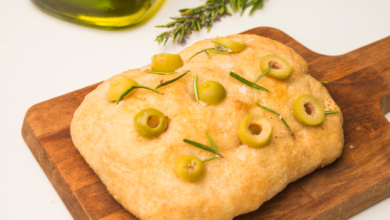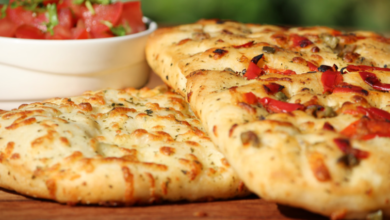Is Focaccia Crispy? It’s Not As You Think!
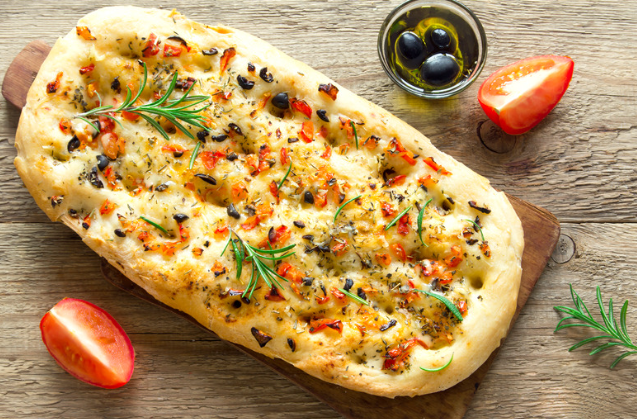
What To Know
- High-protein flour, such as bread flour or a blend of bread flour and all-purpose flour, provides a sturdy structure that supports the formation of a crispy crust.
- A well-hydrated dough leads to a softer crumb, while a lower hydration level results in a crispier crust.
- Whether you prefer a thin and shatteringly crispy crust or a softer and more yielding texture, focaccia offers a culinary canvas to explore your taste preferences.
Focaccia, an Italian flatbread renowned for its soft and airy interior, often sparks a lingering question: is it crispy? While focaccia’s texture varies depending on preparation methods and personal preferences, it typically exhibits a delightful combination of crispiness and softness.
The Art of Creating a Crispy Focaccia
Achieving the perfect balance between crispiness and softness in focaccia requires a delicate balance of ingredients, baking techniques, and personal preferences.
Ingredients
Flour: High-protein flour, such as bread flour or a blend of bread flour and all-purpose flour, provides a sturdy structure that supports the formation of a crispy crust.
Water: The amount of water used influences the dough’s hydration level. A well-hydrated dough leads to a softer crumb, while a lower hydration level results in a crispier crust.
Salt: Salt not only enhances flavor but also strengthens the gluten structure, contributing to a crispy exterior.
Baking Techniques
Proofing: Allowing the dough to rise slowly and thoroughly develops the gluten network, creating a stronger crust that holds its shape during baking.
Baking Temperature: A higher baking temperature (around 450°F to 500°F) promotes the formation of a crispy crust. Preheat the oven thoroughly before baking.
Steam: Introducing steam into the oven during the initial stages of baking creates a humid environment that helps the crust rise and crisp.
Varieties of Focaccia
Focaccia comes in various forms, each with its unique characteristics:
Classic Focaccia
The traditional Italian focaccia features a soft and airy crumb with a thin, crispy crust. It is often topped with olive oil, salt, and herbs.
Focaccia Barese
Originating from the Puglia region of Italy, Focaccia Barese is known for its thicker and chewier texture. It is typically topped with tomatoes, onions, and olives.
Focaccia di Recco
This Ligurian delicacy consists of two thin layers of dough filled with a creamy cheese mixture. It is baked until golden brown and has a crispy exterior and a soft, gooey interior.
Balancing Crispiness and Softness
Personal Preferences: Ultimately, the desired level of crispiness is a matter of personal preference. Some prefer a thin and crispy crust, while others enjoy a softer and more bread-like texture.
Baking Time: Adjusting the baking time can influence the crispiness of the crust. Bake for a shorter time for a softer crust and longer for a crispier crust.
Cooling: Allowing the focaccia to cool on a wire rack helps the crust crisp further as it releases moisture.
The Bottom Line: Embracing the Crispy-Soft Dichotomy
Focaccia’s versatility allows for experimentation and customization to achieve the desired level of crispiness. Whether you prefer a thin and shatteringly crispy crust or a softer and more yielding texture, focaccia offers a culinary canvas to explore your taste preferences.
Answers to Your Questions
Q: Why is my focaccia not crispy?
A: Check the hydration level of the dough (it may be too high), the baking temperature (it may be too low), and the baking time (it may need to be increased).
Q: How can I make the crust of my focaccia crispier?
A: Use a higher protein flour, reduce the water content in the dough, bake at a higher temperature, and extend the baking time.
Q: Is there a way to make the crumb of my focaccia softer?
A: Increase the hydration level of the dough, use a lower protein flour, and proof the dough for a longer period before baking.
Q: Can I add toppings to my focaccia before baking?
A: Yes, you can add toppings such as herbs, cheese, vegetables, and meats to your focaccia before baking.
Q: How long should I store focaccia?
A: Store focaccia in an airtight container at room temperature for up to 3 days.
